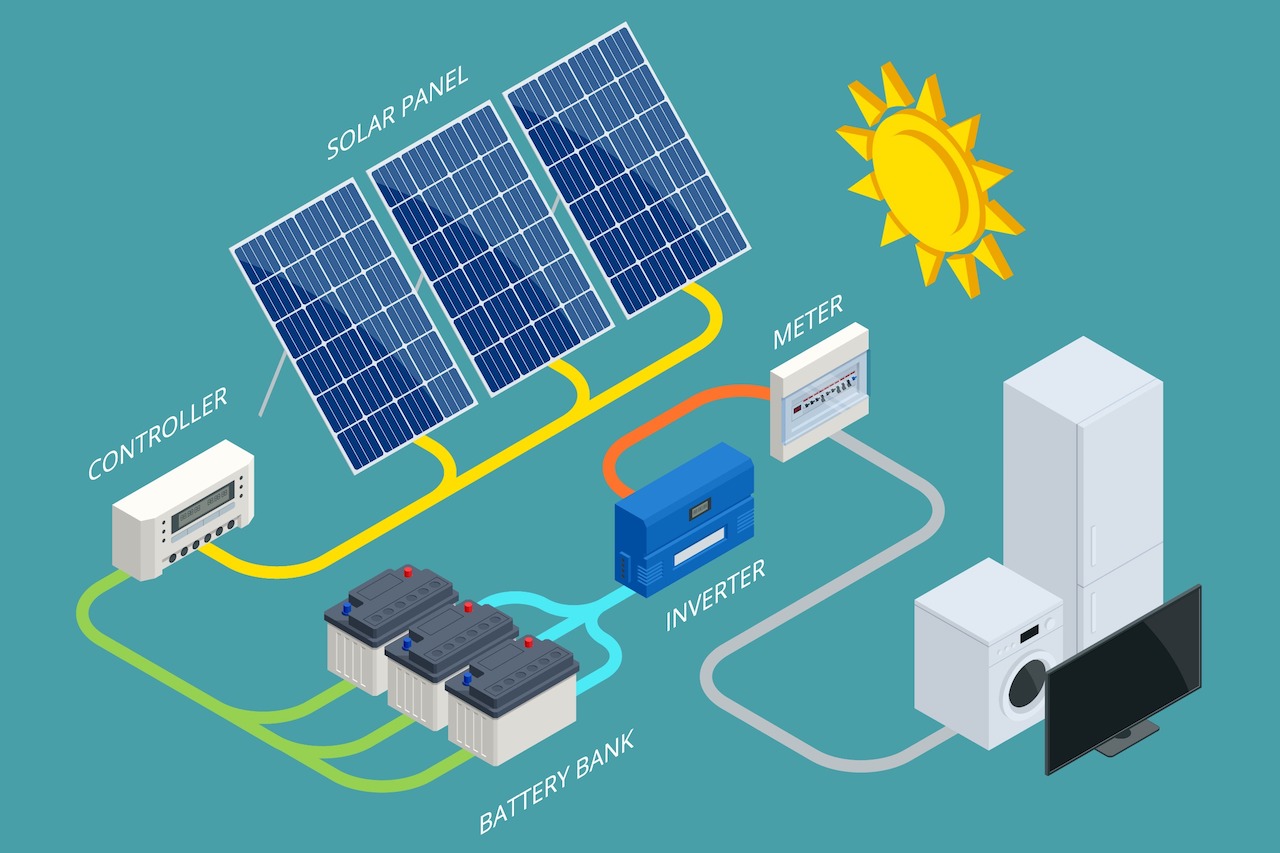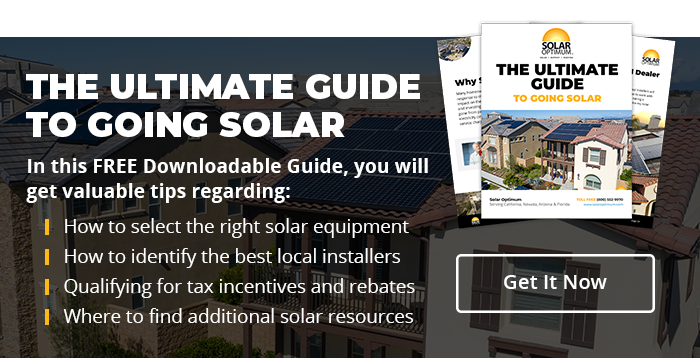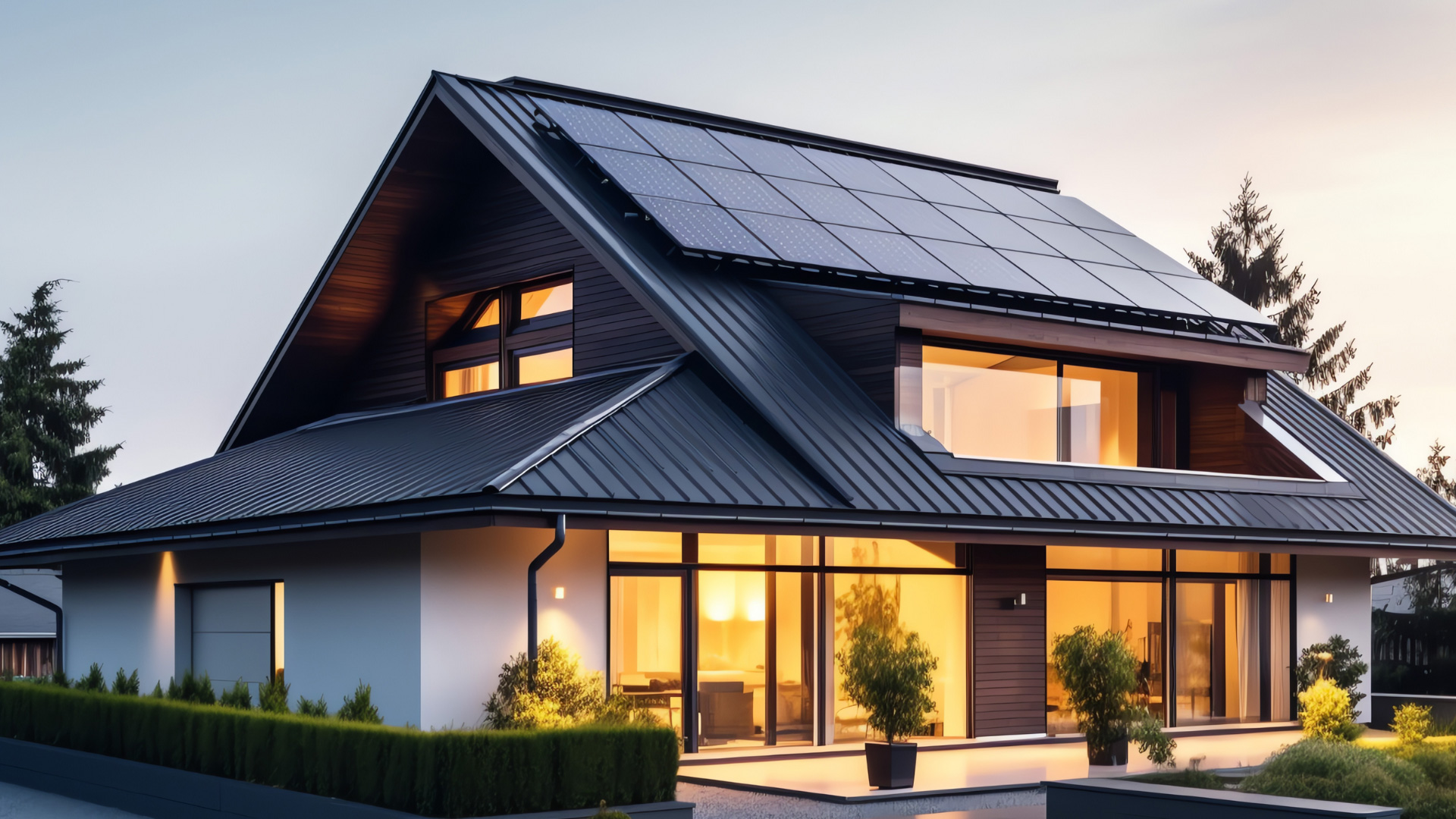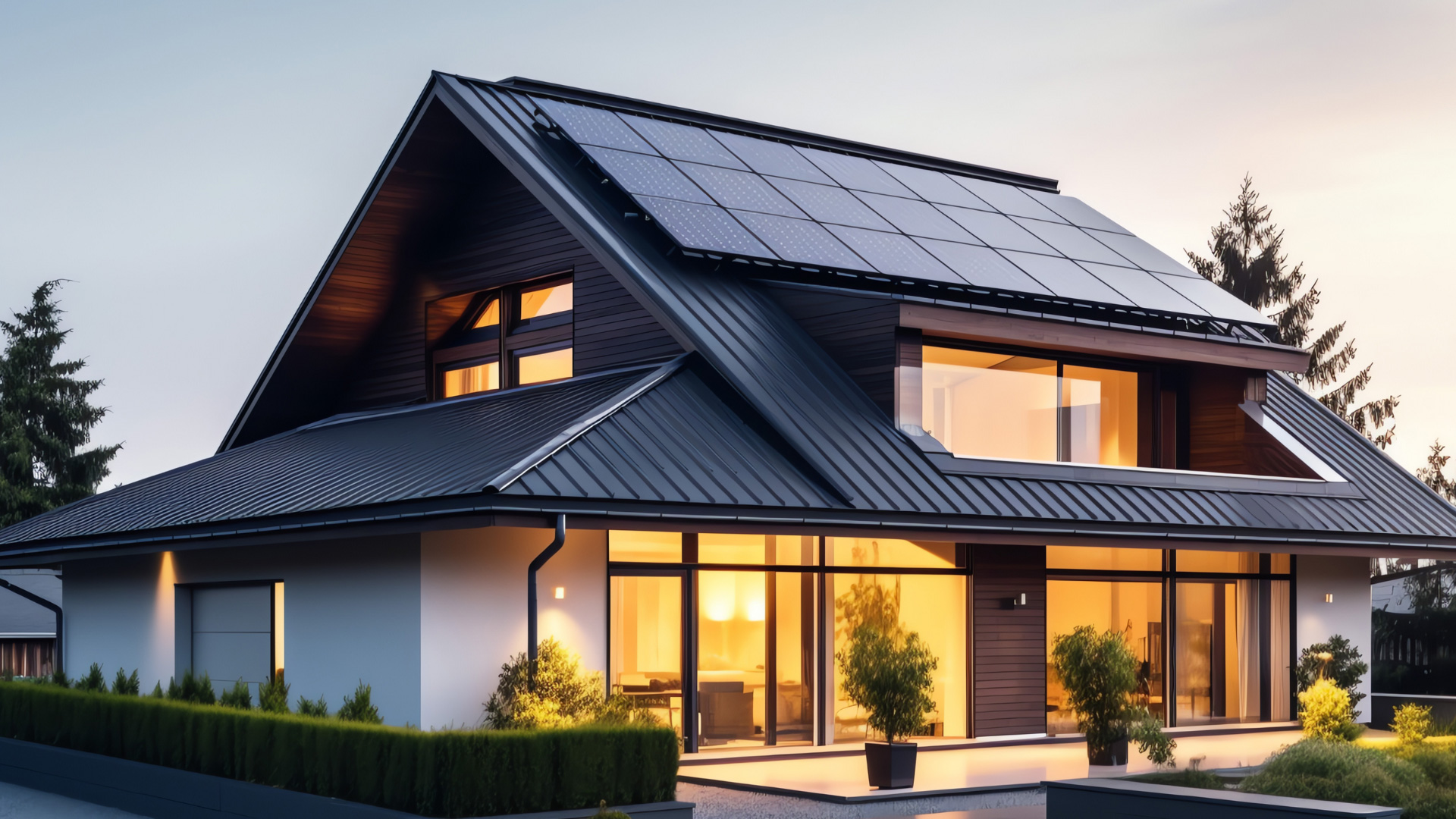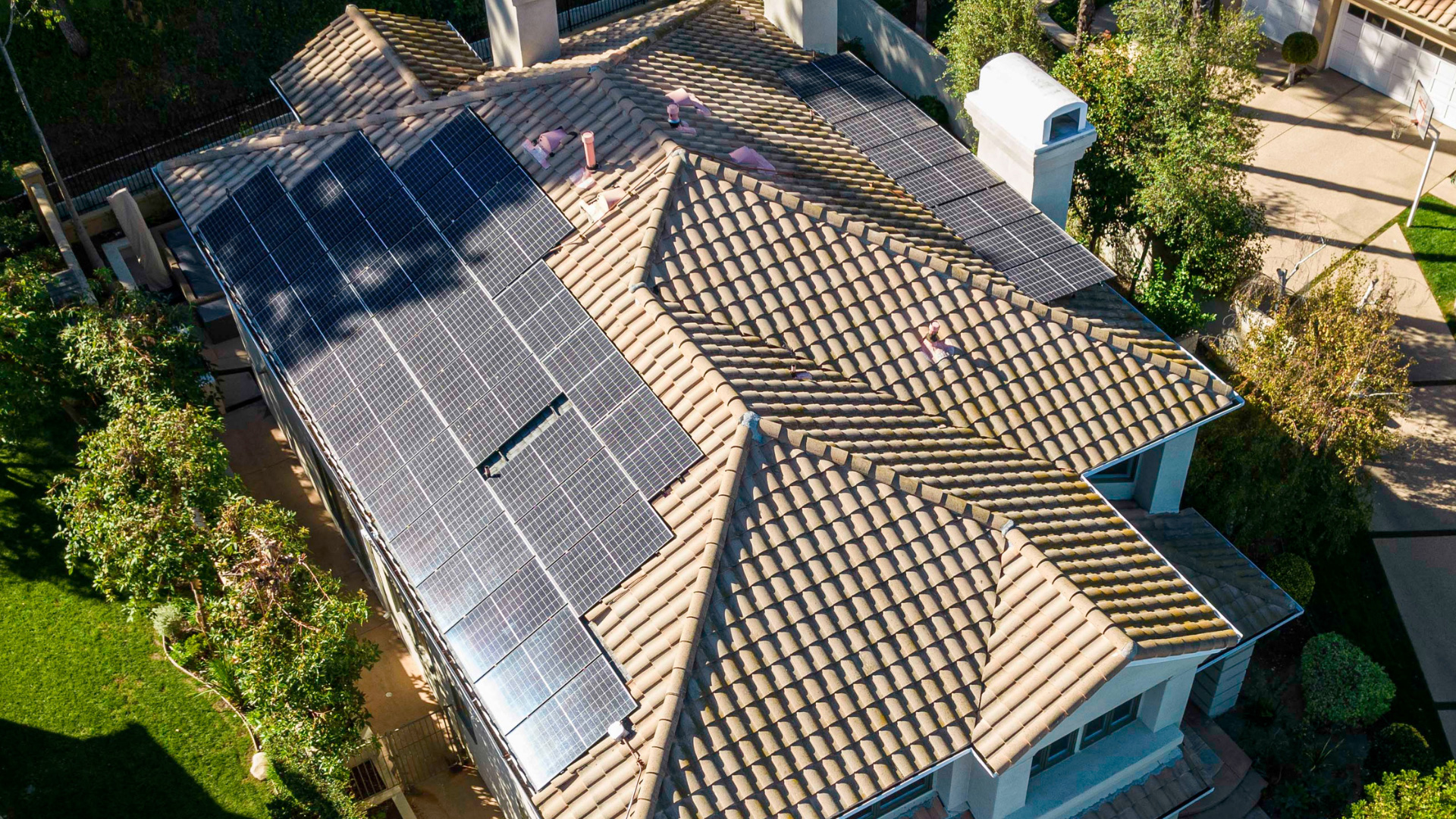Deciding to have your home powered by a residential solar PV system is a step in the right direction in reducing your spending and carbon footprint. However, your experience while using such a system depends on the type of setup you have, particularly on inverters.
Inverters convert the Direct Current (DC) generated by the solar panels to the more useful Alternating Current (AC) suitable for your home devices. You will choose between microinverters and string inverters, and your selection defines the performance and cost efficiency of the whole system.
String Inverter vs. Microinverter
Microinverters and string inverters are different in several ways, including:
1. Power Conversion
Microinverters and central (or string) inverters differ mainly on where the conversion of DC power to AC power takes effect. With string inverters, all solar panels are connected in a series. They then convert all DC power at the same time.
Microinverters, on the other hand, are individually mounted on each solar panel, meaning the conversion from each panel is independent of that of another panel.
2. Cost Efficiency
String inverters are cheaper to install into your solar PV system than microinverters. The usually 50-pound units cost less to set up thanks to their lower price tags and reduced installation labor cost.
Regardless of this, however, microinverters sacrifice short-term costs to give you a barrage of long-term benefits. They are better for the future as you spend less money to install new panels into the PV system and get up to 25-year warranties.
In comparison, you need to buy a new central inverter to add panels to the system. Also, warranties last for an average of 15 years.
3. Operational Performance
Microinverters perform better than string inverters. The output of string inverters is determined by the lowest-performing panel in the series. If you have 6 panels connected to a central inverter, for instance, and just one performs at 60% because it is covered by a shade, the entire output of the inverter will be 60%. Therefore, if your rooftop isn’t entirely free from tree shades a string inverter may not be ideal.
One way to counter this is to use solar optimizers to make each panel independent of the other. However, this also means you spend more money to get the best out of the solar PV system, even if it still costs less than microinverters.
Microinverters are free from these setbacks. You don’t have to worry about tree shades since every panel performs independently of others.
4. Maintenance
Finally, while string inverters have simpler wiring setups and let you diagnose large-scale issues seamlessly, microinverters make monitoring the health of each panel easier.
String Inverter vs. Microinverter: What Is Best?
The ultimate decision depends on you. A string inverter may be a great choice if you want to save money now and don’t have shades on your roof. However, spending extra money for a microinverter means you maximize output and enjoy efficiency in cost and maintenance in the long run.
Contact Solar Optimum to get your preferred option and find the right solutions to your PV system needs.

